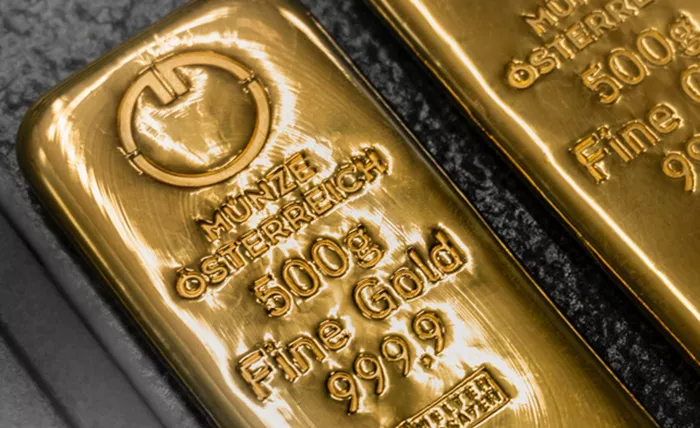Gold, revered for its scarcity and enduring value, holds a pivotal role in global financial markets. Understanding the worth of gold, particularly in larger quantities such as one pound, necessitates a deep dive into its market dynamics and economic drivers. This article delves into how the value of one pound of gold is determined, the multifaceted factors influencing its price, its historical significance, investment strategies, and its implications in the realm of global finance.
Determining the Value of 1 Pound of Gold
Market Price Calculation: The value of one pound of gold is intricately tied to the current market price per troy ounce, which is the standard unit for trading precious metals. As of the latest updates, gold has been trading around $1,800 per troy ounce, influencing the calculation of its value in larger quantities.
Mathematical Calculation: Therefore, to compute the value of one pound of gold, one needs to multiply the current market price per ounce by the number of ounces in a pound, which totals to 16 ounces. This straightforward multiplication reveals the monetary value of gold in bulk transactions.
Price Fluctuations: Gold prices are subject to daily fluctuations influenced by a myriad of factors such as economic indicators, geopolitical tensions, changes in interest rates, currency movements, and the overall investor sentiment towards risk assets. These dynamic influences contribute to the volatility and unpredictability observed in gold pricing.
See also: How Much Is 999 Gold Worth?
Factors Influencing Gold Prices
Economic Uncertainty: Gold functions as a reliable safe-haven asset during periods of economic uncertainty or geopolitical instability, as investors seek to safeguard their assets against market volatility and currency devaluation risks.
Inflation Hedge: Gold serves as an effective hedge against inflation, preserving its purchasing power when fiat currencies lose value due to rising consumer prices and decreasing real returns on traditional investments.
Demand-Supply Dynamics: The price of gold is influenced by intricate supply-demand dynamics, including industrial uses in sectors like electronics and jewelry, fluctuations in mining production, central bank policies on gold reserves, and shifts in global consumption patterns.
Historical Significance and Market Trends
Store of Value: Throughout human history, gold has retained its intrinsic value and purchasing power over extended periods, making it a favored asset for wealth preservation and intergenerational wealth transfer across diverse cultures and civilizations.
Market Cycles: Gold prices often mirror broader economic cycles, with heightened demand during economic downturns or periods of financial market instability when investors flock to safe-haven assets like gold to mitigate risk and preserve capital.
See also: How Much Is 1 Oz Of 24 Karat Gold Worth?
Investment Strategies and Market Dynamics
Portfolio Diversification: Many investors integrate gold into their investment portfolios as a strategic diversification tool to reduce overall portfolio volatility and enhance risk-adjusted returns, benefiting from gold’s low correlation with traditional financial assets such as stocks and bonds.
Forms of Investment: Investors access gold through various investment vehicles, including physical gold in the form of bars and coins, gold-backed exchange-traded funds (ETFs), gold futures contracts, and shares of gold mining companies, each offering distinct advantages and risks based on investor preferences and investment objectives.
Conclusion
Gold’s value in larger quantities like one pound is predicated on its current market price per ounce and multiplied by the number of ounces in a pound. The dynamic interplay of economic factors, geopolitical developments, and investor sentiment underpins gold’s role as a critical asset in global finance, serving as a hedge against inflation, a safe-haven during economic uncertainty, and a resilient store of value over time. Understanding these multifaceted influences empowers investors to make informed decisions about incorporating gold into their investment portfolios to achieve long-term financial goals and mitigate risk in an ever-evolving global market landscape.
Related Topics:

